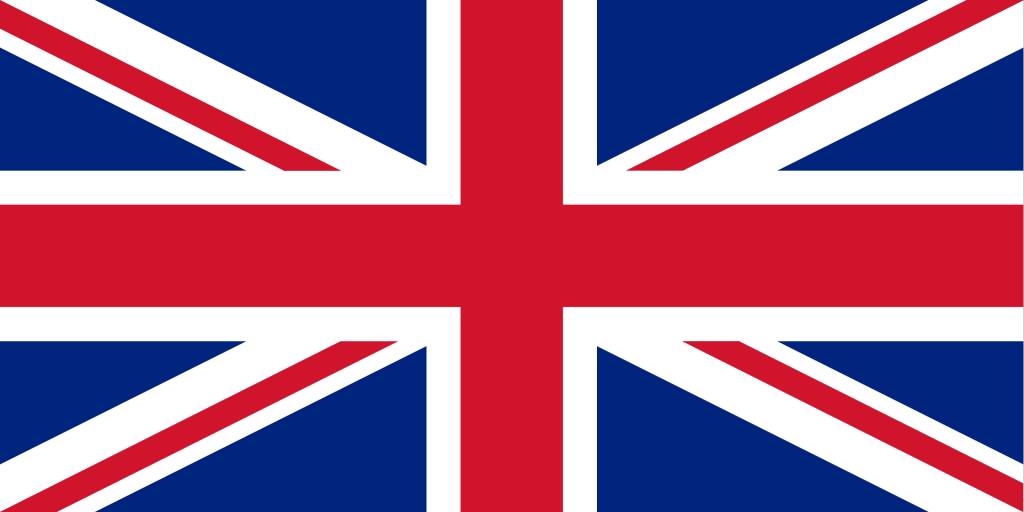Extension of the JobKeeper Payment
Sadly, many Australian businesses are a long way from trending back to ‘normal’ as we approach 27 September 2020, the original date that JobKeeper was set to end. Thankfully the government has announced an extension of the JobKeeper Payment, with additional turnover qualifications.
The JobKeeper Payment, which was originally due to run until 27 September 2020, will now continue to be available to eligible businesses (including the self-employed) and not-for-profits until 28 March 2021.
The payment rate of $1,500 per fortnight for eligible employees and business participants will be reduced to $1,200 per fortnight from 28 September 2020 and to $1,000 per fortnight from 4 January 2021. From 28 September 2020, lower payment rates will also apply for employees and eligible business participants that worked fewer than 20 hours per week.
From 28 September 2020, businesses and not-for-profits seeking to claim the JobKeeper Payment will be required to demonstrate that they have suffered an ongoing significant decline in turnover using actual GST turnover (rather than projected GST turnover). Businesses and not-for-profits will be required to reassess their eligibility with reference to their actual GST turnover in the June and September 2020 quarters. They will need to demonstrate that they have met the relevant decline in turnover test in both of those quarters to be eligible for the JobKeeper Payment from 28 September 2020 to 3 January 2021.
From 4 January 2021, businesses and not-for-profits will need to further reassess their turnover to be eligible for the JobKeeper Payment. They will need to demonstrate that they have met the relevant decline in turnover test with reference to their actual GST turnover in each of the June, September and December 2020 quarters to remain eligible for the JobKeeper Payment from 4 January 2021 to 28 March 2021.
To be eligible for JobKeeper Payments under the extension, businesses and not-for-profits will still need to demonstrate that they have experienced a decline in turnover of at least:
- 50 per cent for those with an aggregated turnover of more than $1 billion;
- 30 per cent for those with an aggregated turnover of $1 billion or less;
- 15 per cent for Australian Charities and Not for profits Commission-registered charities (excluding schools and universities).
If a business or not-for-profit does not meet the additional turnover tests for the extension period, this does not affect their eligibility prior to 28 September 2020.
The JobKeeper Payment will continue to remain open to new recipients, provided they meet the existing eligibility requirements and the additional turnover tests during the extension period.
The extended JobKeeper Payment rates
From 28 September 2020 to 3 January 2021, the JobKeeper Payment rates will be:
- $1,200 per fortnight for all eligible employees who, in the four weeks of pay periods before 1 March 2020, were working in the business or not-for-profit for 20 hours or more a week on average, and for eligible business participants who were actively engaged in the business for 20 hours or more per week on average in the month of February 2020; and
- $750 per fortnight for other eligible employees and business participants.
From 4 January 2021 to 28 March 2021, the JobKeeper Payment rates will be:
- $1,000 per fortnight for all eligible employees who, in the four weeks of pay periods before 1 March 2020, were working in the business or not-for-profit for 20 hours or more a week on average and for business participants who were actively engaged in the business for 20 hours or more per week on average in the month of February 2020; and
- $650 per fortnight for other eligible employees and business participants.
Businesses and not-for-profits will be required to nominate which payment rate they are claiming for each of their eligible employees (or business participants).
The JobKeeper Payment will continue to be made by the ATO to employers in arrears. Employers will continue to be required to make payments to employees equal to, or greater than, the amount of the JobKeeper Payment (before tax), based on the payment rate that applies to each employee. This is referred to as the wage condition.
The eligibility rules for employees remain unchanged.
Additional new turnover tests
In order to be eligible for the JobKeeper Payment after 27 September 2020, businesses and not-for-profits will have to meet a further decline in turnover test for each of the two periods of extension, as well as meeting the other existing eligibility requirements for the JobKeeper Payment. In order to be eligible for the first JobKeeper Payment extension period of 28 September 2020 to 3 January 2021, businesses and not-for-profits will need to demonstrate that their actual GST turnover has significantly fallen in the both the June quarter 2020 (April, May and June) and the September quarter 2020 (July, August, September) relative to comparable periods (generally the corresponding quarters in 2019).
In order to be eligible for the second JobKeeper Payment extension period of 4 January 2021 to 28 March 2021, businesses and not-for-profits will again need to demonstrate that their actual GST turnover has significantly fallen in each of the June, September and December 2020 quarters relative to comparable periods (generally the corresponding quarters in 2019).
Businesses and not-for-profits will generally be able to assess eligibility based on details reported in the Business Activity Statement (BAS).
Editor: Please contact our office if you wish to discuss your business’ eligibility for JobKeeper payments.
80 cents per hour ‘shortcut’ method for home office expenses has been extended
Back in April 2020 the ATO announced that a ‘shortcut’ method was to be made available to use from 1 March 2020 until 30 June 2020 for individuals claiming home office expenses due to COVID-19. The ATO has recently announced an extension of this shortcut method to also include 1 July 2020 to 30 September 2020.
In summary, a taxpayer can claim a deduction of 80 cents for each hour they work from home due to COVID-19 as long as the individual is:
- working from home to fulfil their employment duties and not just carrying out minimal tasks such as occasionally checking emails or taking calls; and
- incurring additional deductible running expenses as a result of working from home.
A taxpayer does not have to have a separate or dedicated area of their home set aside for working, such as a private study.
The shortcut method rate covers all deductible running expenses such as: electricity and gas used for heating/cooling and running electronic items used for work purposes; depreciation and repair of assets used for work purposes; work-related phone and internet costs.
Editor: If you are working from home due to COVID-19 and have queries about what deductions you can claim, contact our office.





